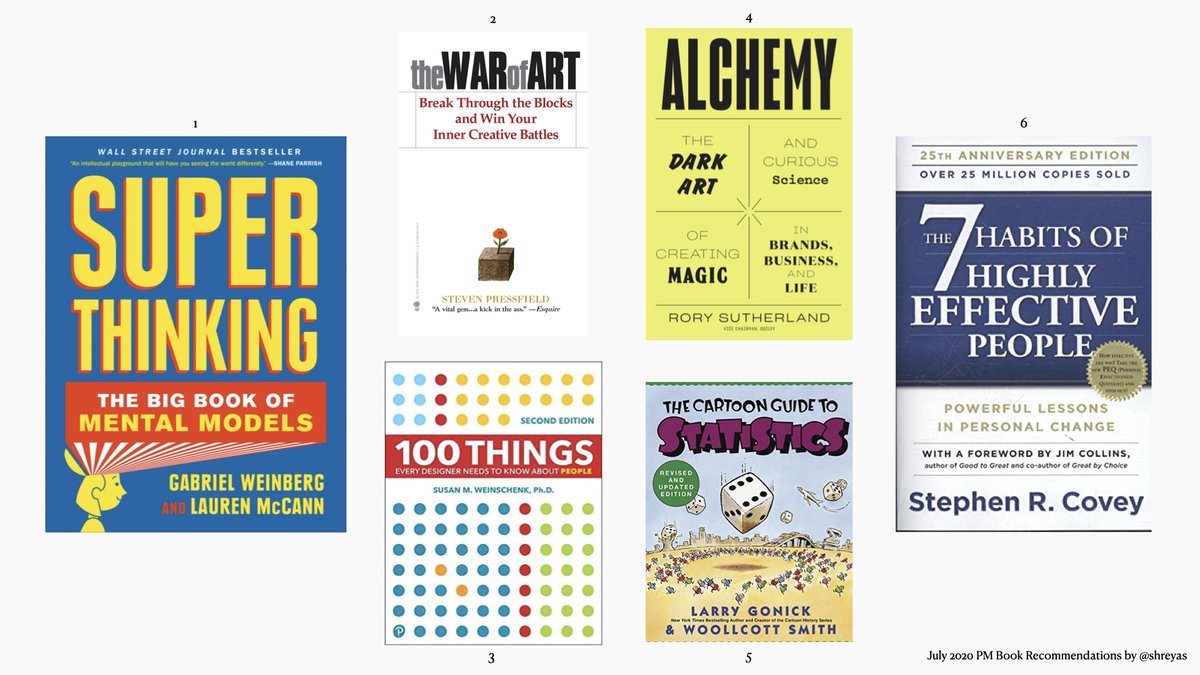-New product idea
-PM diligently talks to customers about whether such a product will solve their problems
-All say “yes”
-PM reports findings to exec team, gets staffing for the product
-First version launched
-Hardly any customer adopts it
1/22
At the first product review post-launch:
-PM directs attention towards positives, says “Here’s what we’ve learned”
-Learnings usually include “Our MVP isn’t sufficient. need to make it easier to implement/adopt. Need features X, Y, Z”
-PM gets mandate to build said features
Fast forward 2 or 3 quarters:
-Features X, Y, Z built.
-But adoption is still anemic.
At next product review:
-Sales/Marketing start getting implicated
-PM says: “We know from talking to customers that we have the right product. We need to improve our Go-To-market strategy”
-Executives & the PM are “pot-committed” at this point.
-Ideas about how to better sell the product are discussed: reduce prices, cross-sell, bundle, email campaigns, re-organize Sales team, etc.
-Changes are made.
Fast forward 2 or 3 quarters:
-Adoption still anemic 📉
-By this time, original PM has left the team
-A new PM joins. Starts with a “customer listening tour” in first 90 days
-Identifies issues that previous PM missed/ignored
-Presents new findings & recommendations to the executive team
-Gets mandate to execute on revised plan
Now what?
-Go back to tweet #3
-Repeat these steps a couple more times & then....
Ultimately:
-Executive team decides to sunset the product
-Learnings are captured and shared widely in the org
-"We haven't failed, we have learned"
-Of course, Edison is quoted at some point
So, what really happened here?
Many possible reasons for this saga, but the most common ones:
(A) The product should not have been built in the first place
(B) The original product was ill-conceived & all subsequent choices/pivots had to inherit this original sin
(B) has been covered elsewhere in Product Management literature, so let’s talk about (A) today in what remains of this thread
Daniel Kahneman:
“Nothing in life is as important as you think it is, while you are thinking about it.”
The Focusing Illusion, adapted to the business world:
“Nothing in business is as important as it actually is, while you are talking about it.”
That is the REAL problem.
When you talk to a customer about a specific problem, they will naturally “focus” on that problem, at the exclusion of other problems they (or their business overall) is facing.
With this focus comes a disproportionate emphasis on solving THAT specific problem.
Hence the customer’s initial excitement about your possible product solution.
Hence also the tepid response and adoption once you’ve built said product.
The focus of your early discussion was on the problem, solution space, & willingness to buy
But when the customer is FORCED to prioritize the implementation of your product vs. every other problem they are facing it is no longer a theoretical “would you use this?” exercise
How to overcome this?
First, be objective. A surprisingly high proportion of PMs view customer interviews as a way to confirm or justify their product ideas or to solidify an exec’s mandate.
Don’t pooh-pooh this as not applicable to you.
None of us are immune to this.
Second, after you’ve talked to a customer about a specific problem & possible solutions you could build, ask them to stack rank the problem being discussed vs. the other problems they are trying to solve for their business & org.
This is where the real truth will emerge.
This Customer Problems Stack Rank will act as a great test of the TRUE priority of the customer problem & the product solution you’re discussing.
If you can, take this a step further. Get the CPSR from multiple Personas touched by your product: VP Support, VP Marketing...
A surprisingly high number of failed B2B products shouldn’t have been built in the first place.
This isn't Hindsight Bias.
To the discerning product eye, this can be quite clear upfront, before a single line of code is written.
In our industry, “trying to find Product-Market fit” is viewed as a rational, noble, laudable effort. It's an Apple Pie Position.
There's nothing inherently wrong with taking years to seek P-M-fit.
But recognize that it need not be the default way of building products.
While Good Product Managers detect this later in the product’s lifecycle, Great Product Managers can determine this well in advance.
They do it with a critical evaluation of what truly matters for customers. This is hardly magic, but it is common sense that isn’t common.
Being a Product Manager is a major responsibility.
The rigor in your thinking & the purity of your intentions can dictate whether tens of thousands of hours of eng, design, ops, mktg, sales,.. collective efforts end up as a sheer waste or lead to something meaningful.
As with most hard things in life & business, there’s no silver bullet here
But just as it does in life, the Focusing Illusion can & does affect us in business. It's one of the major culprits behind products that were actually DOA but no one recognized them as such early on
So whether you’re a PM, a product leader, or an executive:
Understand the Focusing Illusion, recognize its power, remind yourself that you aren’t immune to it, & use tools like the Customer Problems Stack Rank to help yourself & your customers combat it.
All the best!
📈
Check it out if you missed it earlier, and feel free to share with your colleagues & friends that aren't on Twitter:
linkedin.com/pulse/b2b-prod…




